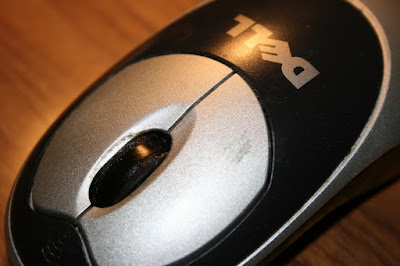I recently purchased a very good copy of this book on eBay for less than £14. Published in 1929, it is part of the Pitmans Transport Library and designed to be a text book for the then newly formed
Institute of Transport. The Institute had just obtained its
Royal Charter (1926) and this book was part of series for those taking the examination to become a member. The other books in the series covered rail, road and even air transport.
You might assume, and you would be correct, that the first author was a member of the famous “chocolate” family. At the time, he was
MD of Cadbury Bros. and also chairman of the Severn and Canal Carrying Co. He is famous for perfecting milk chocolate! The second author, interestingly using his initials, was an ex-university economist who also wrote a book on the clothing workers. I suspect he may have done most of the “donkey work” on the text.
In the preface, because this is a text book, the authors make no claim to originality. However, they are typically guilty of understatement. Whilst it is true that the book revisits a lot of history that they abstracted from Priestley, they appear to have had access to interesting contemporary information from various sources including Royal Commissions, the WW1 Canal Control Committee, and various parliamentary committees. One of the committees they quote extensively is the
Chamberlain Committee. It appears that just after the WW1, a committee was set up under
Neville Chamberlain to examine the future of the canals. Chamberlain was, of course, to become Prime Minister at the outbreak of WW2. The modernisation proposals from the Chamberlain Committee recommended large scale changes in the management of canals (the setting up regional committees similar to the electricity industry) but the authors record that these proposals were forgotten in the “disastrous post-war slump that overtook British Industry”.
The book also contains some interesting original illustrations some
associated with Severn & Canal Co. operations.
 Severn & Canal Narrowboat in Birmingham
Severn & Canal Narrowboat in Birmingham
 A long line of boats being towed on the River Severn
A long line of boats being towed on the River Severn
 Loaded horse-drawn coal boats on the Bridgwater Canal crossing the Barton Swing Aqueduct
Loaded horse-drawn coal boats on the Bridgwater Canal crossing the Barton Swing Aqueduct
 A line of "Tom Pudding" container boats on the Aire & Calder Navigation
A line of "Tom Pudding" container boats on the Aire & Calder Navigation
Amongst the more interesting illustrations is an aerial view of Brentford. I was amazed to see that not only was there an extensive set of wharfs alongside the River Brent, but also large docks accessible from the Thames and railway transhipment yards. It appears that
Brentford Dock and marshalling yards were constructed in 1855 as part of a plan by Brunel to link freight and river-borne traffic and the Great Western Railway's (GWR) rail network. The original tracks were laid down to the broad 7ft gauge but these were later replaced by the standard 4ft 8in gauge. All that is left today is the marina.
 Aerial view of Brenford Dock in the 1920s
Aerial view of Brenford Dock in the 1920s
For me, the main fascination in the book is that 1929 was turning point in the history of canals. The canals had received a boost over the First World War but were facing increasing competition from the railways, which at this stage was definitely “king” when it came to the transportation of goods. However, road transport was beginning to make inroads, and the authors mention the unfair subsidy that roads receive because road freight does not have to pay the costs on repair of the infrastructure. They also report road congestion!
The theme of the book is - do not yet write off the canals and inland waterways. The examples in the book of what we would now call “good practice” are the modernised navigations of the Aire & Calder, the River Trent, the Gloucester & Berkeley Ship Canal, and the Weaver. However, the authors are optimistic about a new canal undertaking, the Grand Union Canal. The GU was formed by the amalgamation of the Grand Junction, Regents, Warwick & Napton, Warwick & Birmingham, and Birmingham & Warwick canals at the beginning of 1929. They reported that “mechanical traction”, as opposed to animal traction, was increasing for all except local journeys on the GU. The book also contains speculation about the proposal to widen the GU to allow “100 ton barges to pass over the London – Birmingham route”. We know what happened to that idea.
Being a text book, several useful Appendices of data are produced. One set of data immediately caught my attention. In 1929 the railway companies owned 1,014 miles of inland navigations and controlled a further 219 miles. Non-railway interests controlled a further 1,192 miles. These figures excluded 1,263 miles of rivers that included the Fenland Waterways, but it is very clear that by 1929 railway companies controlled around half of all navigable inland waterways. In terms of tonnage, in 1927, navigations controlled by railway companies carried 4.6 million tons whilst other navigations carried 12.8 million tons. As the authors point out in a slightly quaint manner, this was “an ambiguous position”. Of course, it took until 1947 for things to change.
The authors conclude the book by pointing out that “during the last few years the public has recently been awakened to the fact that all transport systems are mutually interdependent”. This is familiar reading.
This book provides a readable resume of early canal history and a fascinating insight into how British canals were perceived at the turning point in their decline as a transportation system for goods. Look out for copies.




























